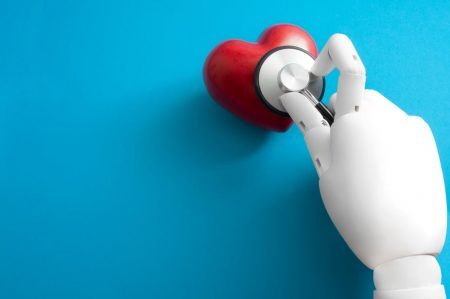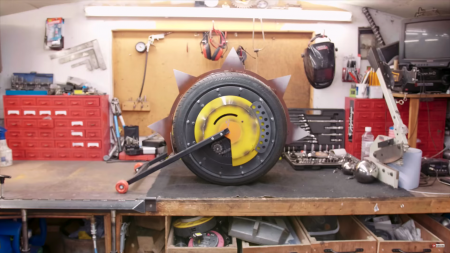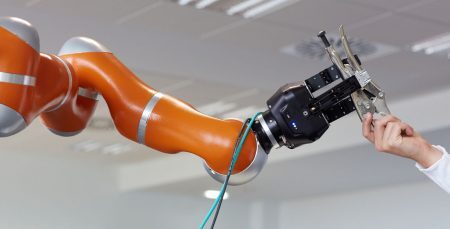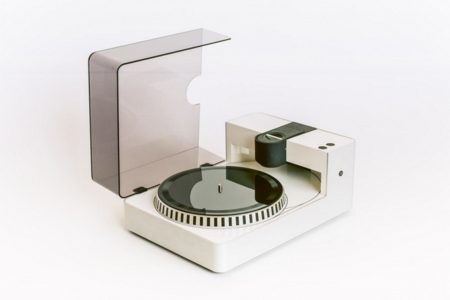Researchers recently produced an algorithm that could guess whether heart patients had lived or died from their condition within a year. By looking at data from a test of the heart’s electrical activity known as an electrocardiogram or ECG, the algorithm successfully predicted patient survival in 85% of cases
Browsing: Technology News
It might have lines taken from a 2000-era video game (probably this one — which is still amazing, just by the way) but that’s just going to make a certain type of person want it even more. But look under the skin of Elon Musk’s new Cybertruck and you’ll find plenty (more) to like about it.
“To be dead,” wrote the 20th century French philosopher Jean-Paul Sartre, “is to be a prey for the living.” Even Sartre, though, would have struggled to imagine casting James Dean in a movie 64 years after the actor’s death.
The Trump trade war has had an interesting effect on Huawei’s mobile division. Although it does look like the US government is feeling generous, and Huawei received another 90-day reprieve. The thought of not being able to play nice with Google, has pushed Huawei to make alternative plans.
Just a few years ago, virtual reality (VR) was being showered with very real money. The industry raised an estimated US$900 million in venture capital in 2016, but by 2018 that figure had plummeted to US$280 million.
We’re pretty sure that noted British lunatic/superhero Colin Furze has some sort of secret underground shed where he makes all sorts of creative weapons of mass destruction. And that his ‘projects’ are funded by his relatively normal stuff. Like this RIP-Tire, normally wielded by Overwatch’s Junkrat.
Robots used to be restricted to heavy lifting or fine detail work in factories. Now Boston Dynamics’ nimble four-legged robot, Spot, is available for companies to lease to carry out various real-world jobs, a sign of just how common interactions between humans and machines have become in recent years.
Usually by this time of the year all the really major international tech news is done. But we keep seeing more product launches and they’re not making years any longer. That might explain why we may see a new Apple launch later today. Bloomberg reports that Apple may reveal its new 16in MacBook Pro as soon as this evening.
We all know that one person who’s a little too keen on curating their beard/plaid/coffee/craft beer/odd clothing/bands you’ve never heard of/vinyl collection. It’s the last item on this hipster activity list that really concerns us today, what with the Phonocut’s crowdfunding campaign drawing to a close.
The transition from fossil fuels to cleaner energies is a global pursuit. But it’s faster and more intensive in some…









